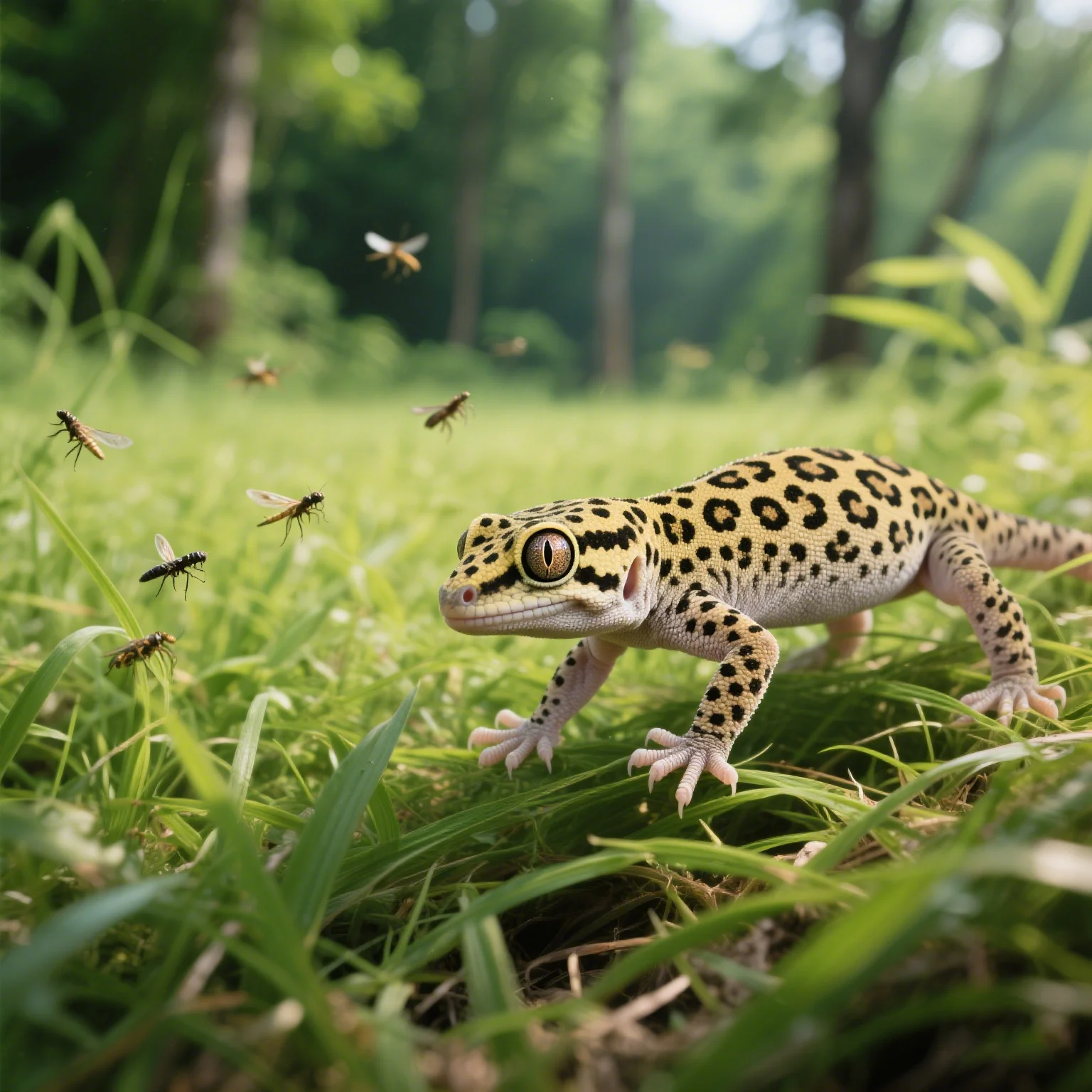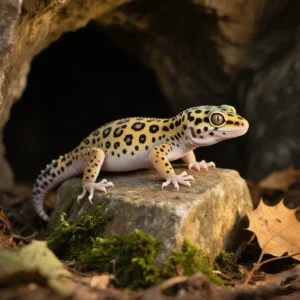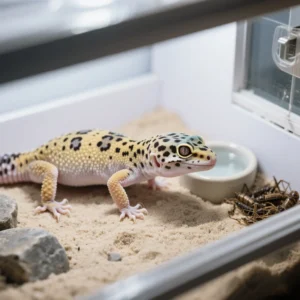
Reptile Husbandry
Is It Better to Have 1 or 2 Leopard Geckos?
Leopard geckos (Eublepharis macularius) are among the most popular pet reptiles due to their docile nature and relatively easy care. However, a common question among prospective and new owners is whether it’s better to keep one or two leopard geckos. In this article, we explore the social dynamics and care considerations to help you make an informed decision.
Leopard Gecko Sociality: Solitary by Nature
Leopard geckos are naturally solitary animals. In the wild, they are territorial and typically only interact with others during mating. This solitary behavior carries over into captivity, where they generally do not benefit from cohabitation.
Studies have shown that leopard geckos can become stressed when housed together, especially if they are of the same sex. This can lead to aggressive behavior, such as tail-waving, biting, or dominance displays, even if they are siblings or have been raised together.
Risks of Cohabitation
Co-housing leopard geckos presents several risks:
- Fighting and Injury: Even seemingly tolerant pairs can suddenly become aggressive, leading to injuries or stress-induced health issues.
- Resource Guarding: Geckos may compete for hiding spots, food, or basking areas, leading to one gecko dominating resources and the other being deprived.
- Spreading Illness: If one gecko contracts a disease or parasite, the other is likely to become infected.
For these reasons, experienced keepers and herpetologists generally recommend keeping leopard geckos individually.
Breeding Dynamics
If your goal is breeding, you may consider housing a male and female together. However, this should only be done temporarily and with caution:
- Introductions: Introduce the pair gradually under supervision, preferably during the breeding season.
- Monitoring: Watch for signs of aggression or stress. If either gecko seems distressed, separate them immediately.
- Pregnancy Care: A gravid (pregnant) female may become aggressive toward the male and should be housed separately to ensure proper care and nesting space.
Even in breeding pairs, prolonged cohabitation can lead to over-breeding and health issues for the female.
Caring for a Single Leopard Gecko
A single leopard gecko can thrive with proper care and enrichment:
- Enclosure Size: Provide a minimum of a 20-gallon long tank (30″ x 12″ x 12″) for one adult. Larger is always better, as it allows for more exploration and enrichment.
- Hides and Decor: Include multiple hides (warm, cool, and moist), climbing structures, and a designated feeding area. This mimics their natural environment and prevents stress.
- Feeding and Supplementation: Feed a diet of appropriately sized insects (crickets, mealworms, dubia roaches), dusted with calcium and vitamins.
A well-cared-for solo gecko can live 15-20 years in captivity.
Conclusion: One is Better
For most leopard gecko owners, keeping a single gecko is the best option. It reduces stress and health risks, simplifies care, and ensures each gecko receives proper attention and resources. If you desire multiple geckos, house them separately in individual enclosures within visual barriers to prevent stress from seeing each other.
By understanding the natural behavior of leopard geckos and prioritizing their well-being, you can create a thriving environment for your scaly companion.
References
- Wikipedia. “Leopard Gecko.” Accessed 2022. https://en.wikipedia.org/wiki/Leopard_gecko


